Synthetic Anatomy module wins Education Innovation Award
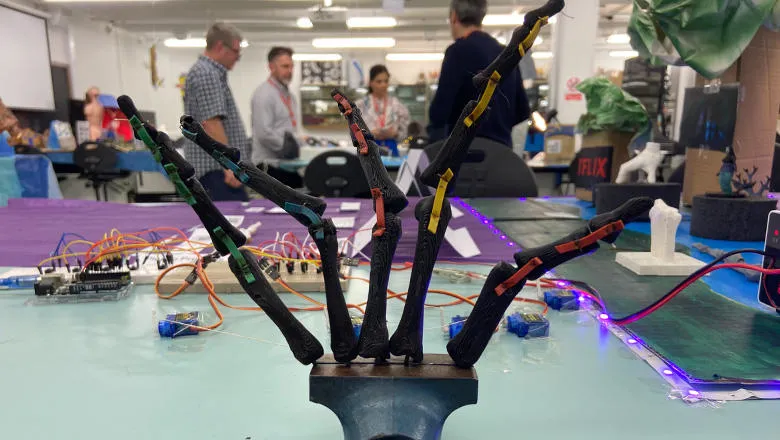
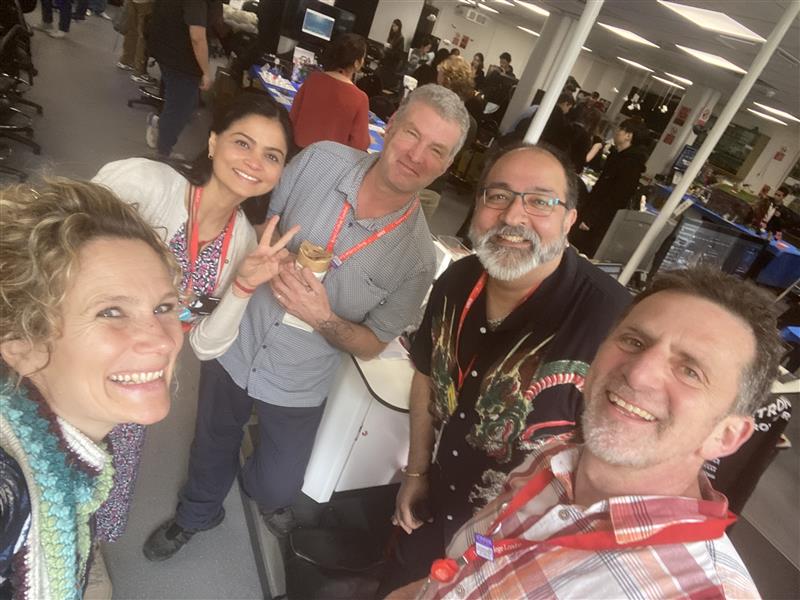
The Synthetic Anatomy Module, an integrated innovative anatomy teaching module developed and delivered by Dr Mandeep Gill Sagoo, Professor Richard Wingate, Professor Kawal Rhode and Dr Leigh Wilson has won the Anatomical Society’s Education Innovation Award for 2023.
The Synthetic Anatomy module is an interdisciplinary, innovative module at King’s College London for second-year undergraduate students, which extrapolates anatomy to areas of bioengineering, 3D printing and arts. It imports the teaching and assessment techniques of art school into anatomy.
Co-organised by the Department of Anatomy in the School of Bioscience Education and the School of Biomedical Engineering & Imaging Sciences, the module has been successfully delivered for six years.
The Anatomical Society’s Education Innovation Award rewards anatomy educators who have developed and implemented an innovative standalone project in the field of undergraduate or postgraduate education that has had sustainable impact on the student experience and learning.
What is Synthetic Anatomy?
Synthetic anatomy is a module that is co-organised by the Department of Anatomy in the School of Bioscience Education and the School of Biomedical Engineering & Imaging Sciences in the Faculty of Life Sciences and Medicine.
Synthetic Anatomy is a module in two parts: the first involving learning about data sets and 3D printing, and the second about applying these skills to a project that will involve printing a series of speculative anatomies. These can range from imagined adaptations of the future human brain or skeleton to idealized joints for baseball pitchers to the developmental series of an extinct vertebrate. The goal is to explore and take risks. The philosophy of the course is failed print, frustrating team conversation, disagreement about the aims of a project are all equally valuable as “success” if a lesson are taken on board and applied….
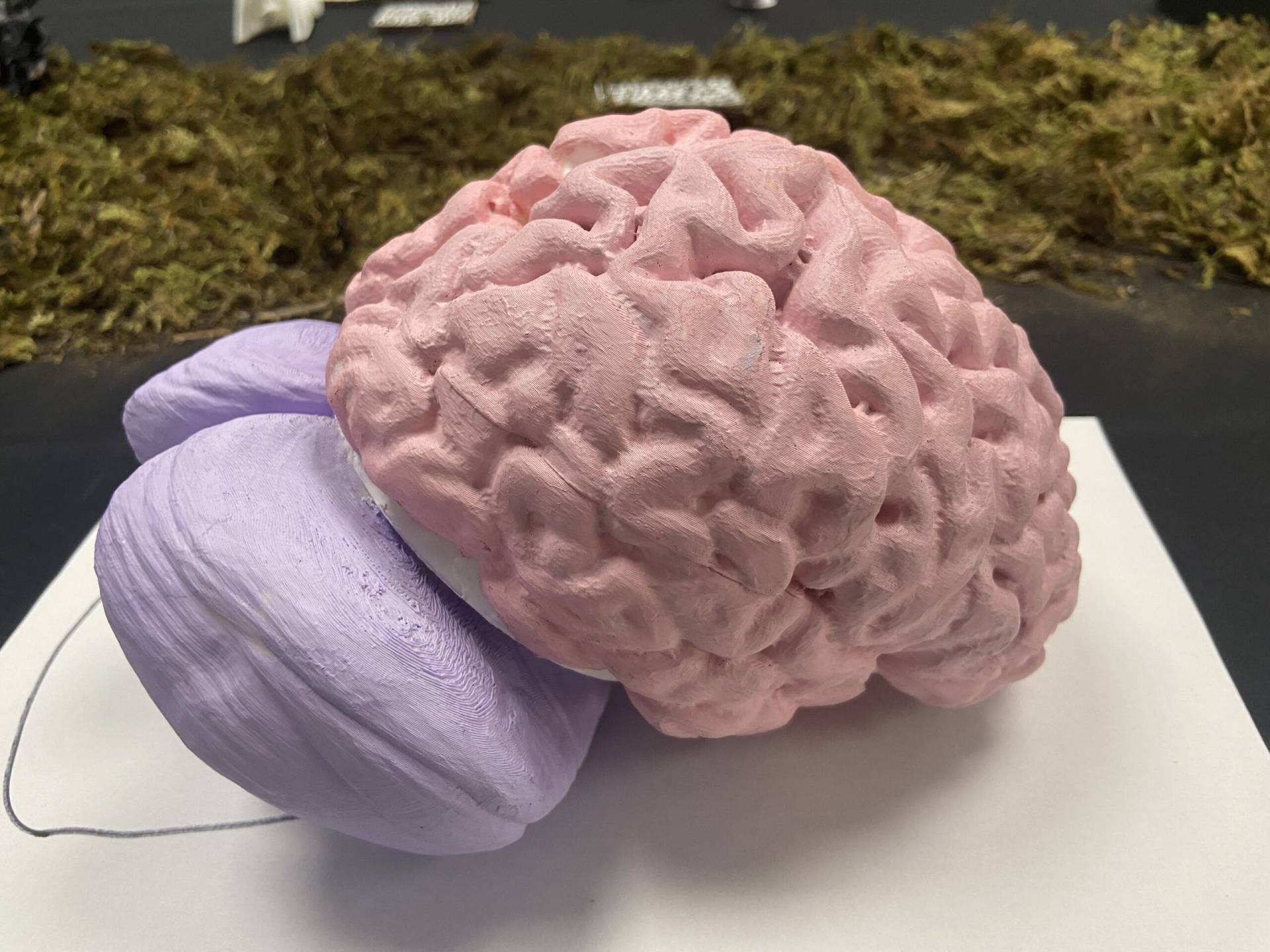
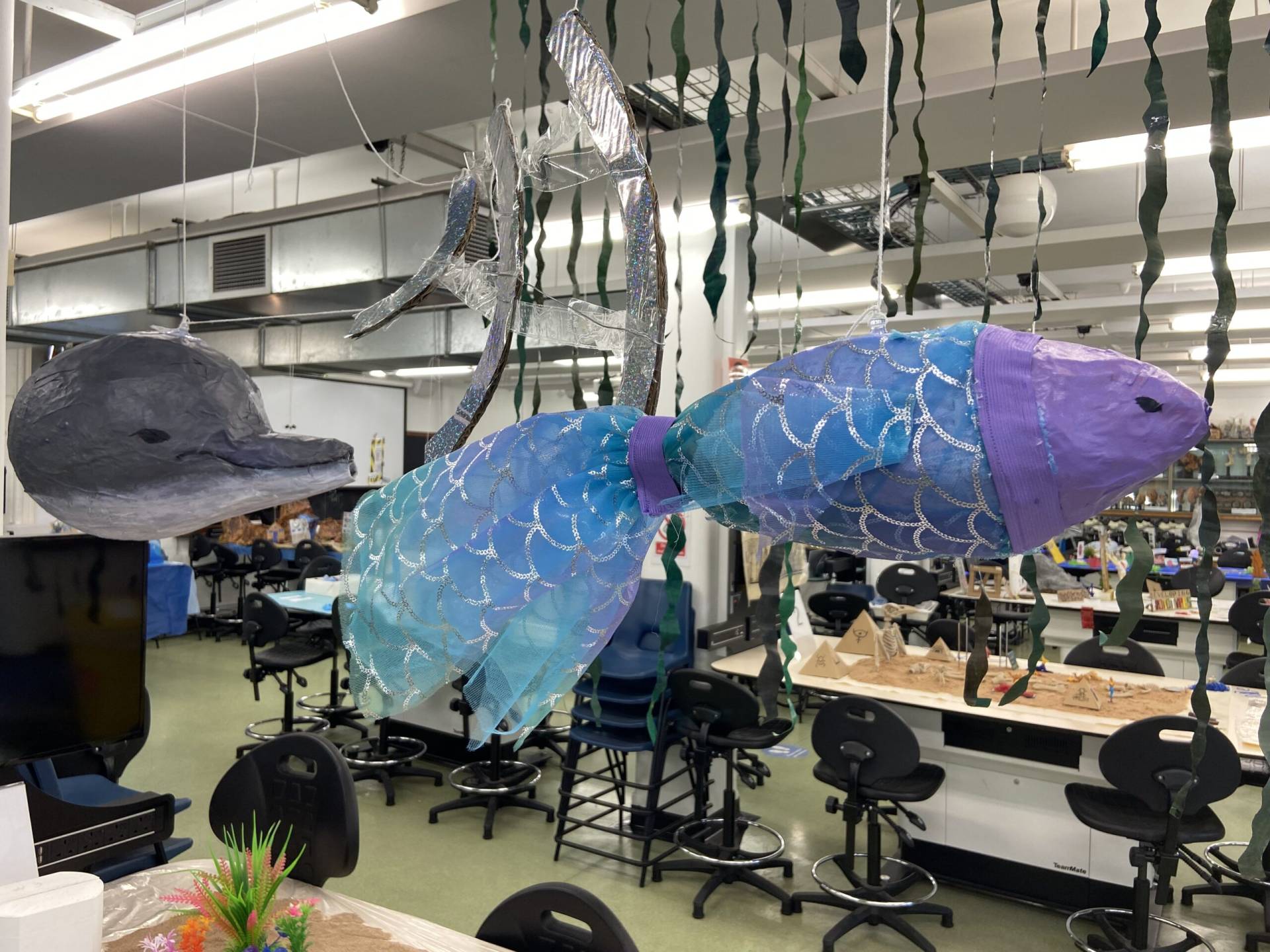
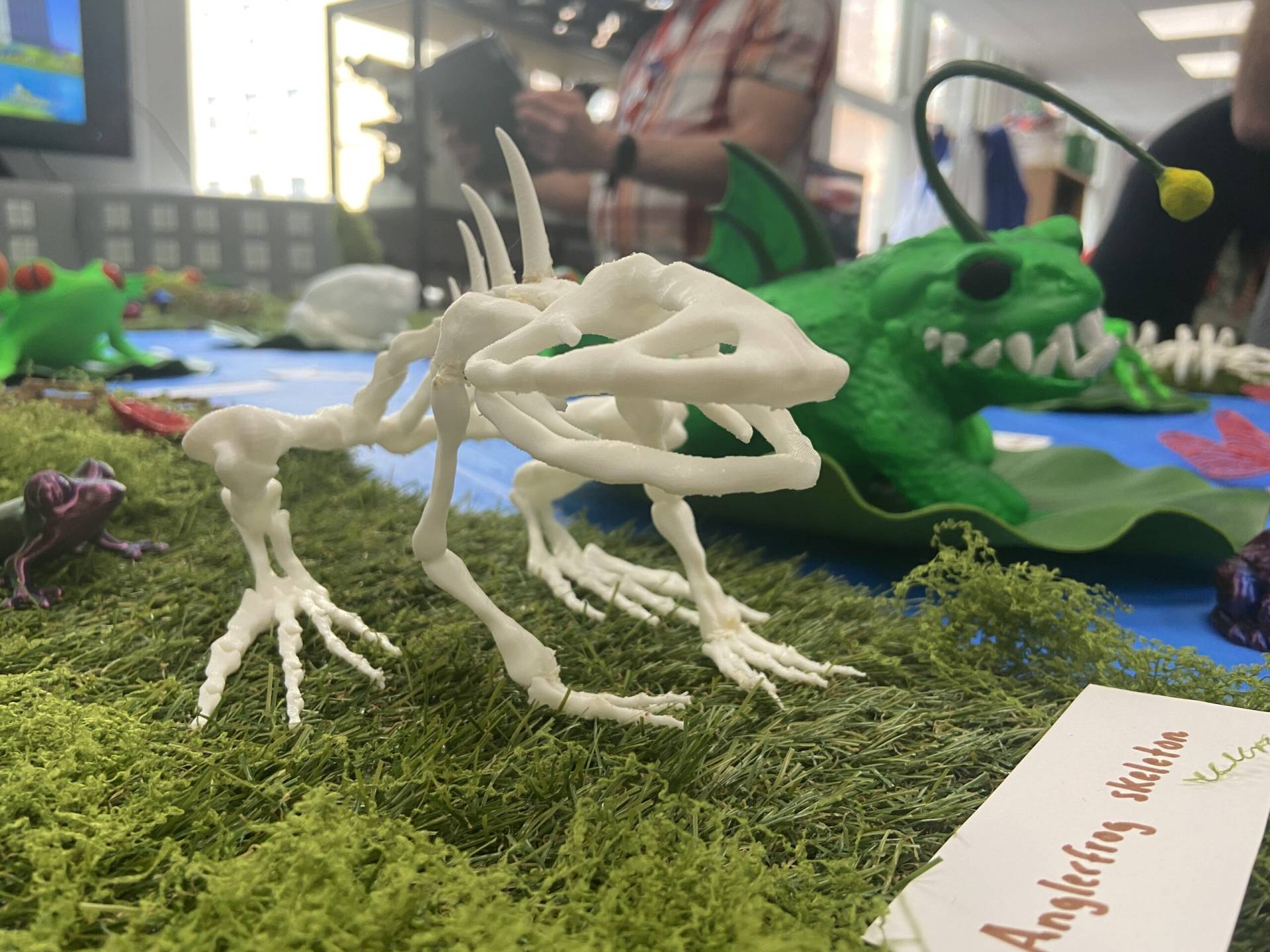



MODULE TEN YEAR TIMELINE
Synthetic Anatomy Established (2017)
From its inception, Synthetic Anatomy has aimed to bridge arts and sciences, and also prepare students for future careers in anatomical design, biomedical engineering, arts and patient-specific medical technologies. This dual emphasis on creative thinking and technical skill-building positions it as a forward-looking model in STEM education.
Module outline:
The module has two distinct parts: 1) an introduction to computer modeling and 3D printing techniques, followed by 2) an application of these skills on a self-directed project that involves designing and printing a series of speculative anatomical models on any topic of their choosing. This can range from futuristic adaptations of the human body to the developmental reconstructions of extinct species or mythical creatures [KCL Blog].
Module timeline:
The module spans 10 weeks from January to March, and is worth 15 credits. Students are randomly assigned into groups of 5–6 students, each with a designated tutor, at the beginning of the module. Throughout the duration of the module they work together to explore anatomical structures within various contexts such as development, evolution, structure and function, brainstorm creative anatomical designs, and bring their ideas to reality with computer modelling and 3D printing.
Module aim:
The module encourages students to explore and take risks, promoting an educational environment where failure is viewed as a valuable part of the learning process. The module’s assessment strategy, comprising a reflective Padlet (previously Mahara) and collaborative table displays, is designed to emphasise the learning journey over the final product. This approach aligns with contemporary educational theories that promote experiential learning, constructivism and creative pedagogies
2021
Eportfolio assessment platform changed from the Mahara platform to Padlet in 2021.
Unlike Mahara where sections are navigated via a drop-down menu, Padlet provides a “bird’s eye” view of the portfolio’s overall structure and its components [KCL Blog]. This makes the portfolio more visually appealing and easier to follow for the reader, and also allows students to ensure that their portfolio is well-balanced, covering all aspects equally without too much focus on a particular element. Additionally, the absence of a preset structure, along with the drag-and-drop style of importing text and multimedia, allows more creative freedom for designing and arranging portfolio contents. Some students created mind maps, some made timelines. The emphasis on personal reflection via Padlet draws on Kolb’s experiential model, where reflective observation is crucial to transforming experiences into conceptual understanding.
Feedback
Feedback on the module has been collected from students and tutors over the years (2019 to 2023) through online forums, focus groups and individual interviews, and comments were analysed by two independent authors using manual thematic coding (Naeem, 2023).
Future Directions
Looking ahead, the module will continue to evolve in response to student feedback and pedagogical reflection. Upcoming changes include the formal integration of assessment literacy sessions focused on rubric interpretation and review of exemplar work, helping students better understand how to align their creative outputs with learning objectives. Efforts to expand 3D printing access will also continue, with further investments in infrastructure and technical support to accommodate growing student demand.
Projects
These snapshots highlight some of the work that has been completed this year; full project details are available at the link below.

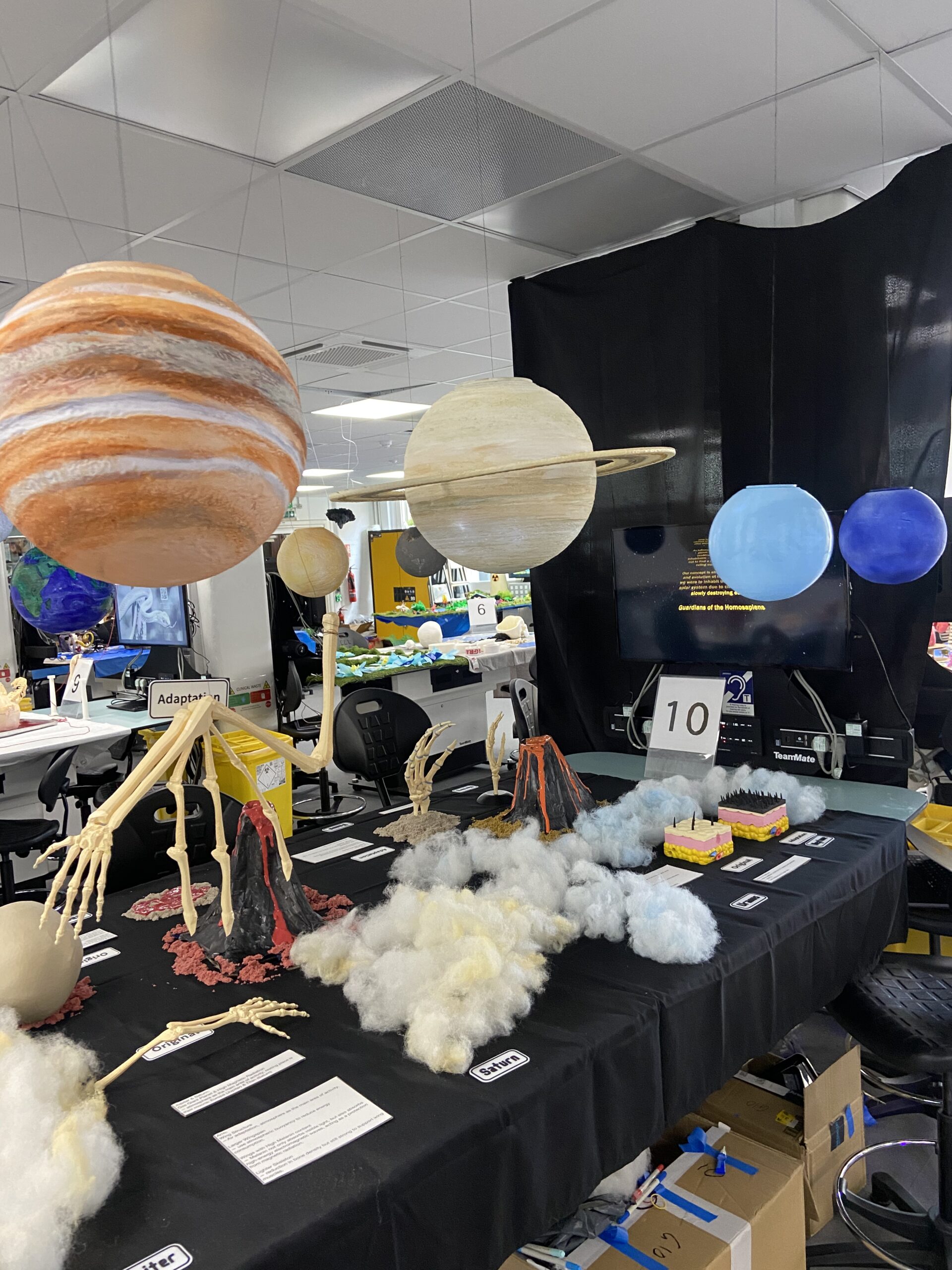
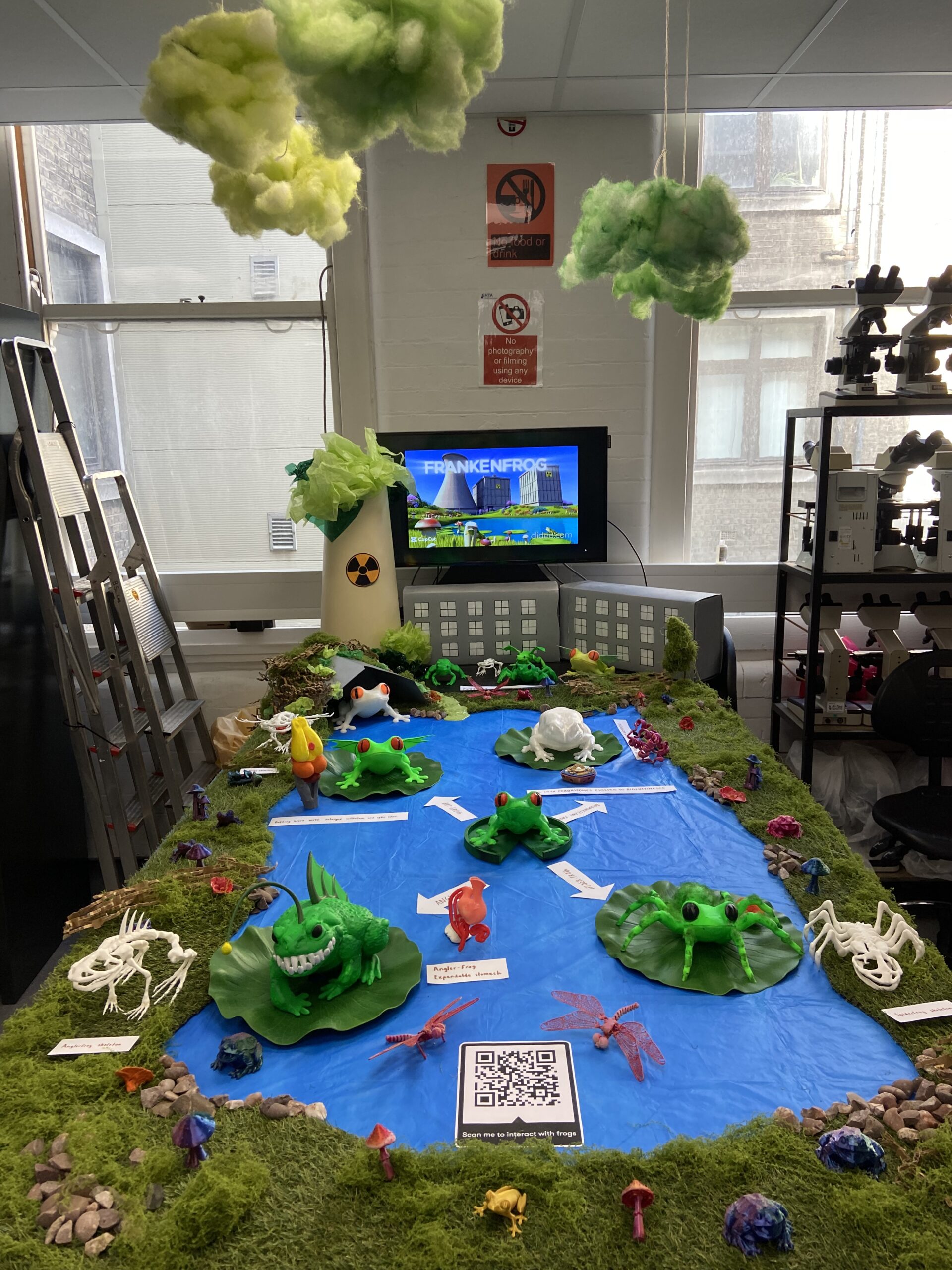

Latest Updates
We are pleased to announce the publication of the abstract “Synthetic anatomy: Beyond the confines” in the FASEB Journal (vol. 34, S1, …
We are thrilled to announce that the Synthetic Anatomy teaching team has been honoured with the FoLSM Staff Award 2024 – Outstanding …
The Synthetic Anatomy module at King’s College London offers a refreshing alternative to traditional STEM assessments by placing process, reflection, and collaboration …
King’s College London played a key role in the Anatomical Society Winter Meeting in 2018 through its involvement in the study “The …